That is the question!
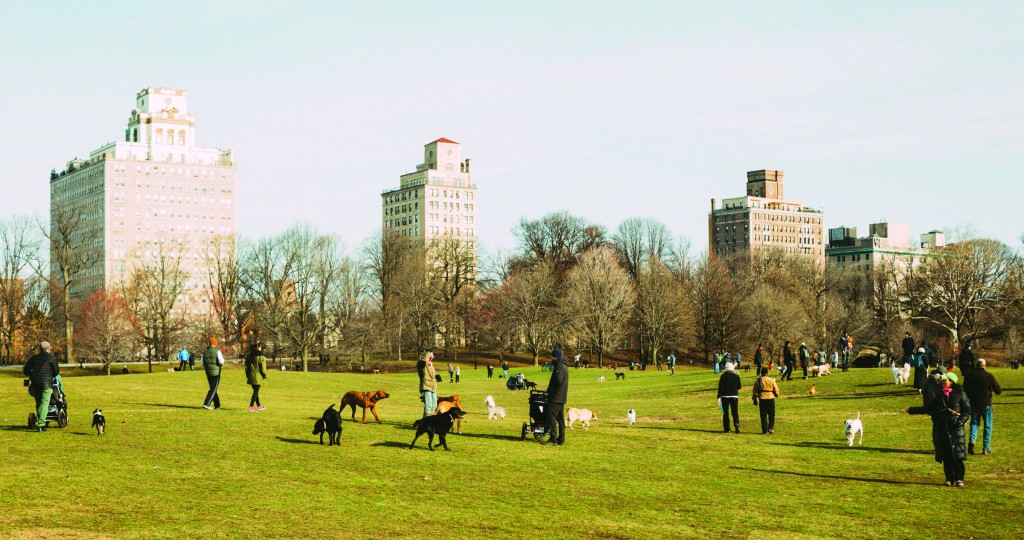
I happen to think that off-leash hour at Prospect Park, especially on weekends, is one of the greatest things about Park Slope. Many a weekend morning, when we can manage to get out of the house on time, my partner and I take our six-year-old up to the park and wander around, meeting the big dogs and the little dogs, the friendly dogs and the aloof dogs, the clean dogs and the muddy dogs. It’s like a Dr. Seuss book.
It’s so much fun it’s even worth enduring the stares of the dog owners, who look at us suspiciously since we don’t have a leash in our hands. It’s as though we’re sexual predators prowling a playground. Which is only another reason to want a dog of our own.
But urban dog ownership is, to say the least, a huge commitment. First, there’s the poop. When I see my distinguished looking neighbors, in their nice work clothes or Sunday best, stooping with little baggies, I always think of the Jerry Seinfeld joke about how if aliens suddenly landed on Earth, they would think dogs are in charge. “If you see two life forms, one of them’s making a poop, the other one’s carrying it for him, who would you assume is in charge?”
And that’s really just the beginning of it. My friends who live in the country, their dogs are more subservient. They have yards they get confined to, or even giant fields in which their poop is merely useful fertilizer, and some of the dogs even work herding sheep or something farmish. But my city friends are subservient to their dogs. They get up in time to walk the dog and home in time to walk the dog and in the middle of the day they pay someone else to walk the dog. Some of them actually take their dogs to daycare. Those exist. I’m told that some of them have live feed video streams so you can watch your dog while you’re at work. Like nanny-cams for dogs. I haven’t checked but I’m pretty sure that one month at a doggy daycare in New York costs more than a four-bedroom, three-bath in Kansas. Just saying.
But consistently, for the last three Christmases, plus Hannukah, her birthday, Memorial Day, any holiday she can think of, my daughter Willa has been asking for a dog. Increasingly begging. And I know that in theory a dog would be great for our family. An ever-present furry friend for my only-child daughter, one who can cuddle up to her at night and help teach her some bigger-kid responsibilities. Plus, who doesn’t want someone waiting for you every evening when you open the door, excited to see you no matter what, even if that excitement is only because of a transactional kibble-based relationship? Still it’s something.
Then I think about picking up poop. And paying for a dog walker. And feeling guilty about leaving the dog home when we go out to do something on some Saturday. Or worse, taking the dog with us and leaving it tied up outside a restaurant or wherever, sitting there with its sad face shooting guilt rays through the window, probably whimpering, eliciting pity from all who pass. I’m quite comfortable with my current role judging other people for leaving their super-sad looking pups tied up outside the Food Coop or a restaurant. I don’t want to be the one being judged. And I have plenty of guilt already, thankyouverymuch.
People who have dogs in the city tell me that once you have one, your life is immeasurably changed and enriched for the better. People once told me the same thing about having a kid. Which was, thankfully, quite true, but in both cases it’s not like you get a try out period. You have to make the decision before you actually know how you’re going to feel about it. I mean, yeah, you could always give the dog back or find it another home. I suppose you could, technically, do the same with a kid. But like I said, I already have enough guilt. Plus, eventually, kids learn to deal with their own poop.
Getting a dog in New York is a commitment. If we’re going to get a dog, I want to be committed first. So dear Park Slope dog owners, if you see me wandering around, leashlessly prowling the park scoping out the various models of dogs or judgmentally pitying your dog tied to a signpost outside Union Market, know that I’m just trying to figure out if I have what it takes to be you. To dog or not to dog? I remain firmly undecided.
Want more Sally? Check out her website to see her latest published articles, essays, appearances, and TED talks!

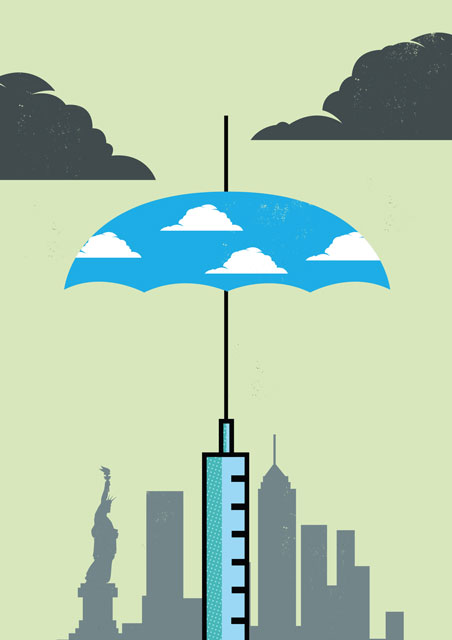 Flu season is upon us once again. At the high school where I teach, my principal has been spraying the doorknobs with Lysol and reminding all of us to cough and sneeze into our elbows and frequently wash our hands. But my students and colleagues are still missing days, and all across the city New Yorkers are falling ill.
Flu season is upon us once again. At the high school where I teach, my principal has been spraying the doorknobs with Lysol and reminding all of us to cough and sneeze into our elbows and frequently wash our hands. But my students and colleagues are still missing days, and all across the city New Yorkers are falling ill.
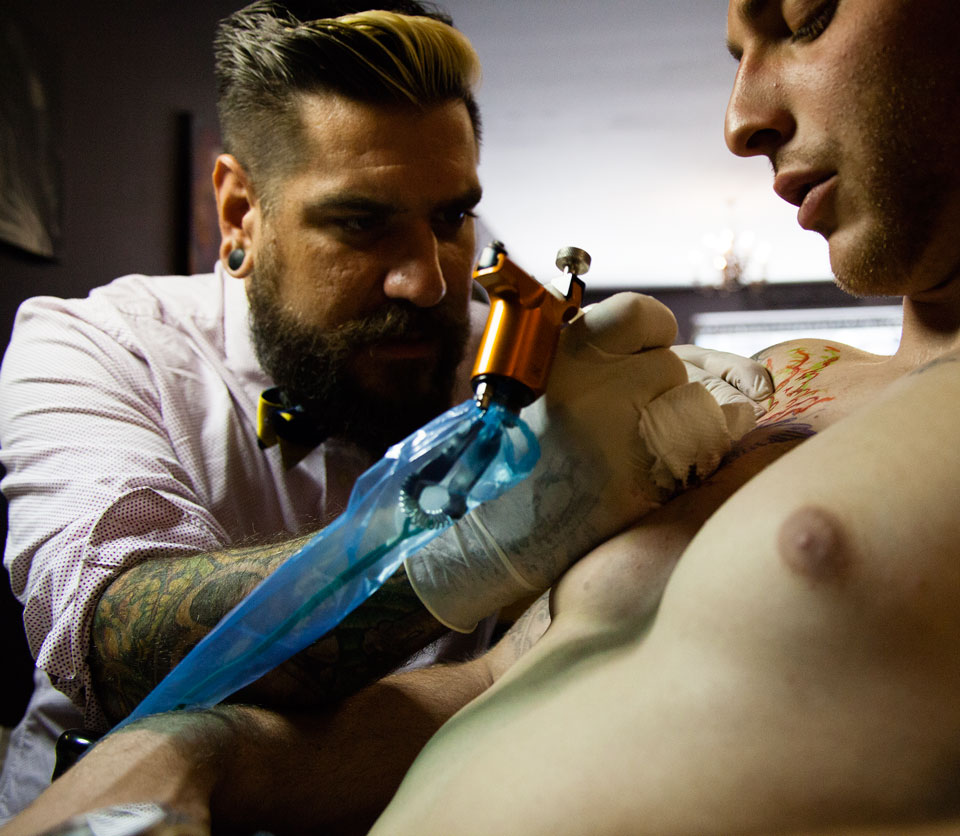
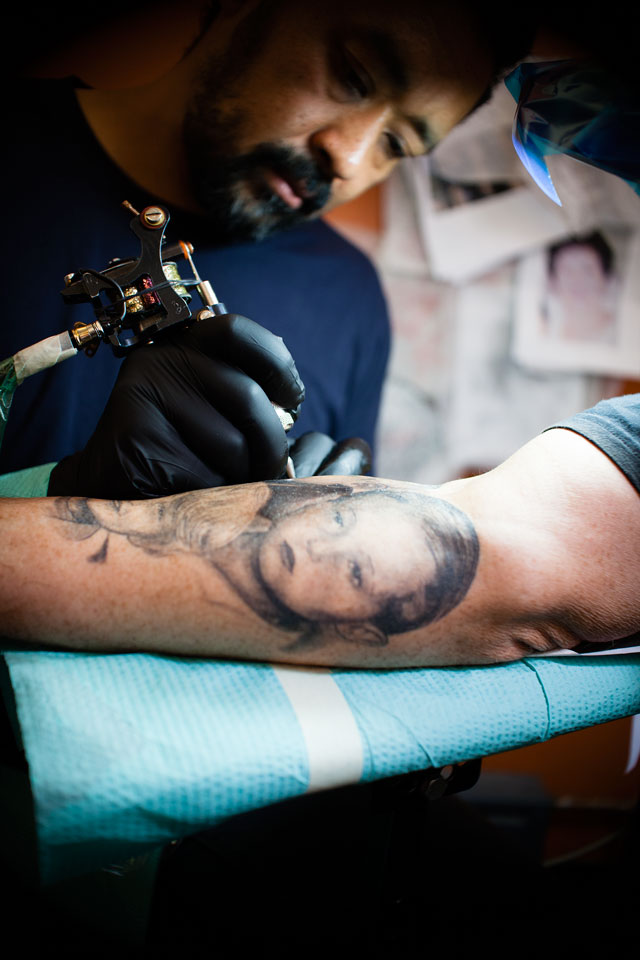
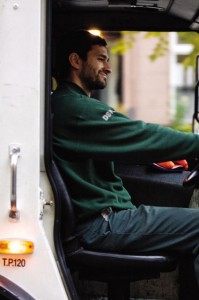 What you don’t know about Eric Morales is what he knows about you.
What you don’t know about Eric Morales is what he knows about you.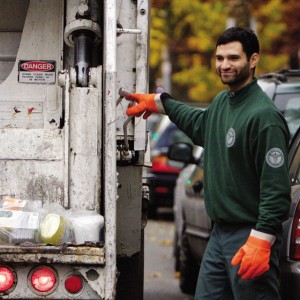 CHASING SANITATION: THE PROJECT & EXHIBITION
CHASING SANITATION: THE PROJECT & EXHIBITION